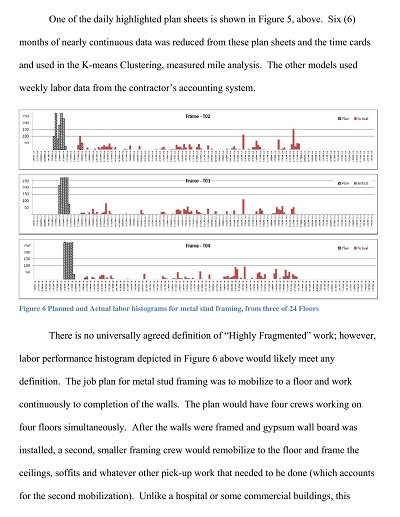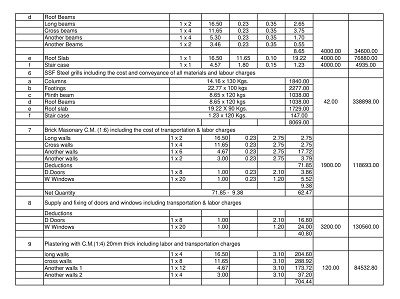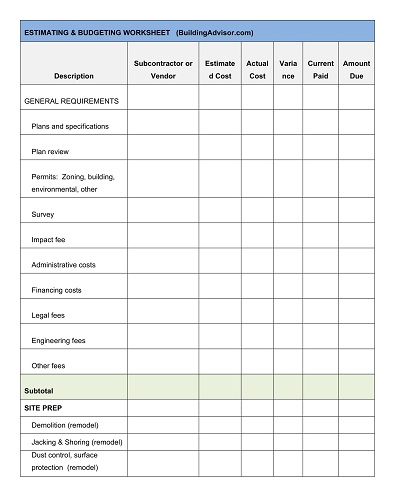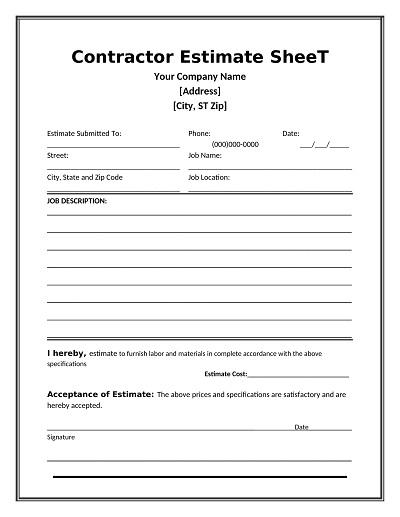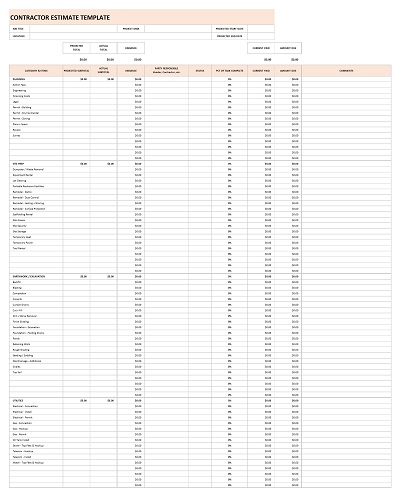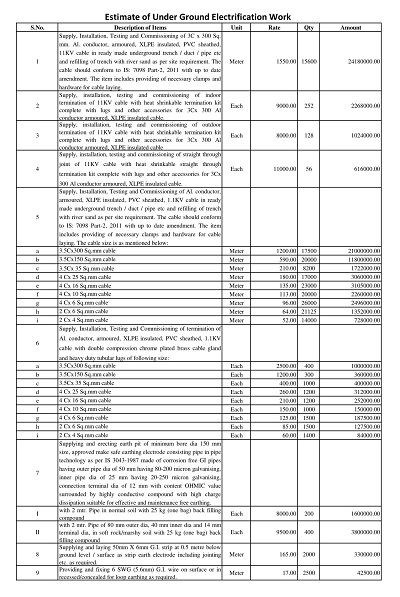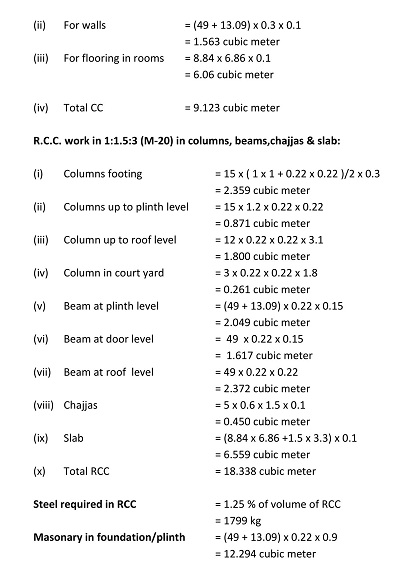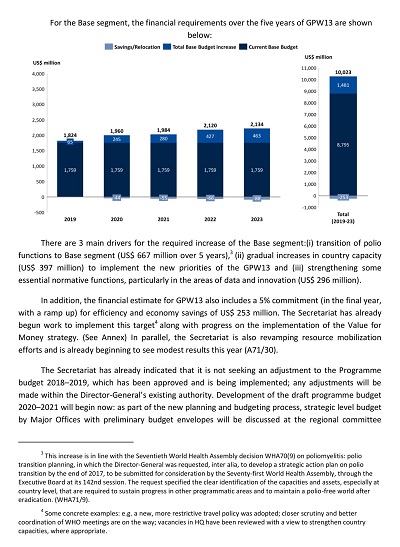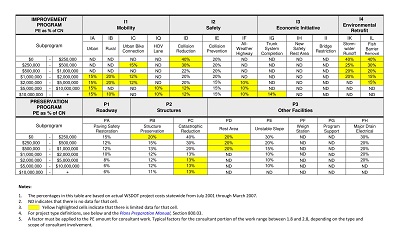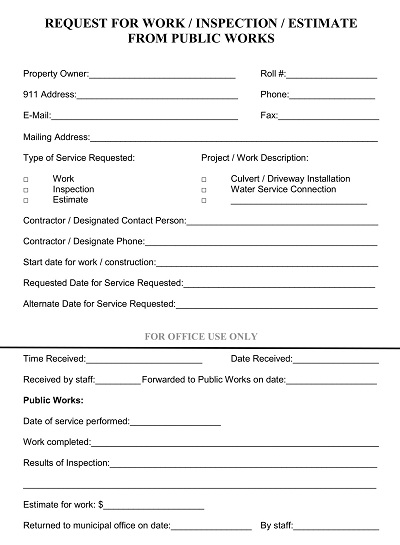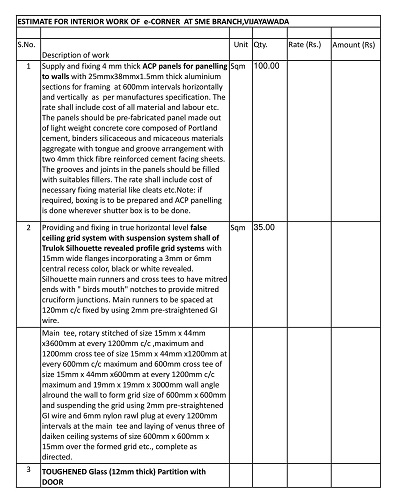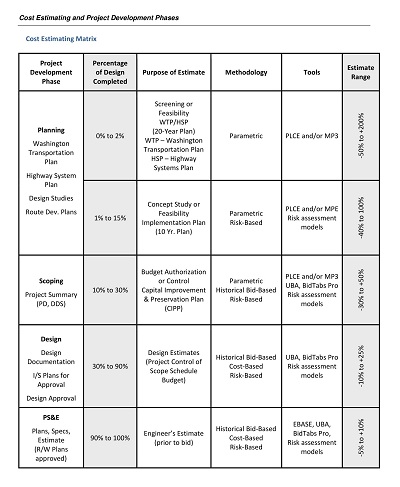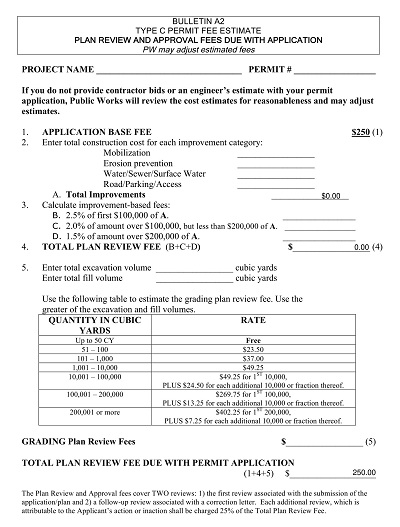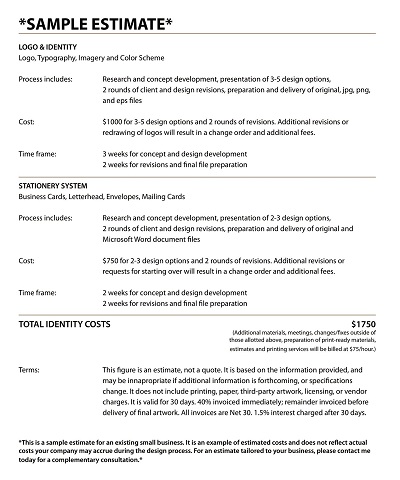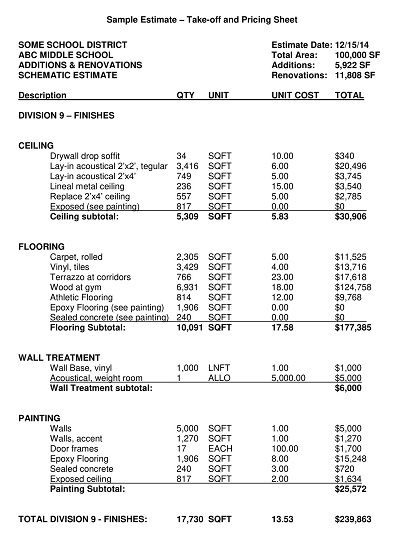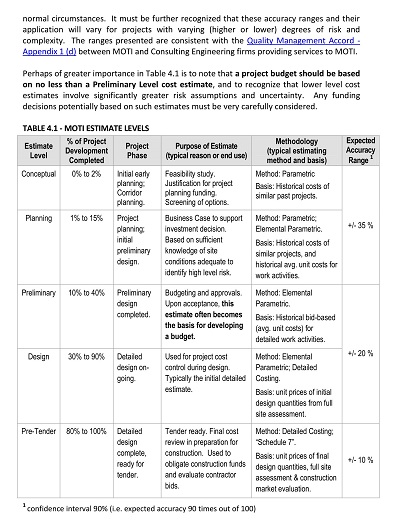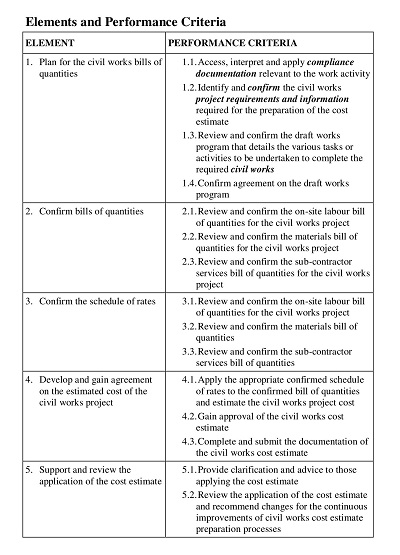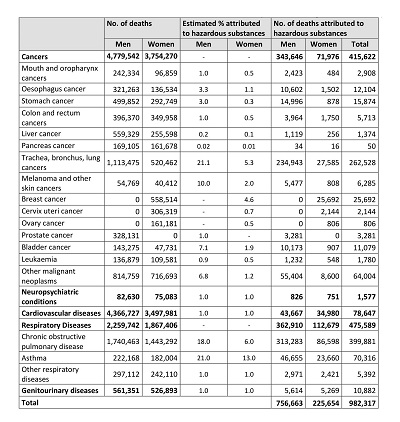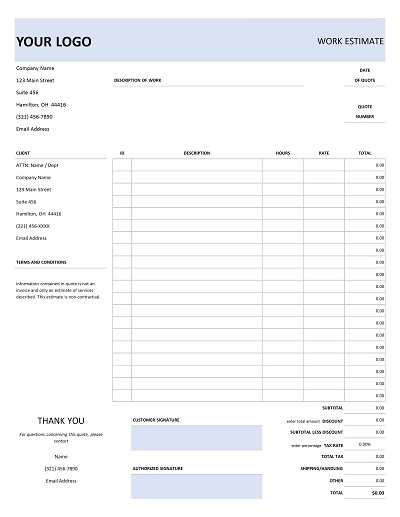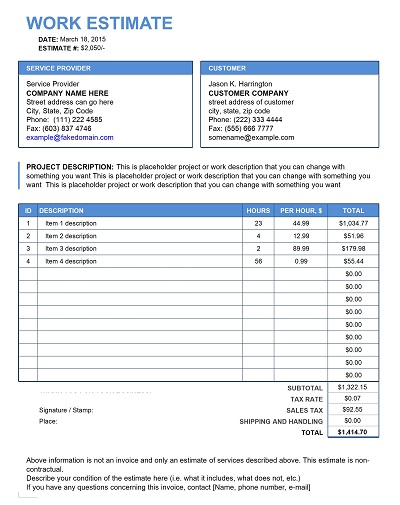28+ Free Printable Work Estimate Templates (PDF, Excel)
A work estimate template is an essential tool for any project manager or contractor. It is a pre-designed document that outlines the estimated cost, time, and resources required to complete a project. With this template, project managers can accurately forecast the expenses involved and allocate the necessary resources beforehand. This means they can avoid surprises during the project and ensure that everything is planned and accounted for.
Table of Contents
The work estimate template offers a level of organization and efficiency that would otherwise be impossible to achieve. By having a standardized template, all team members can work together in a structured and streamlined way. Overall, this tool is indispensable for anyone involved in project management, ensuring that projects are completed on time, within budget, and to the highest standard possible.
Download Free Printable Work Estimate Templates
Types of Work Estimates
Choosing the right type of estimate is crucial, as it sets the tone for your business relationships and ultimately influences your bottom line. In this blog, we’ll go through the most common types of estimates to help you find the right one for your business needs.
Fixed Estimate
If you’re offering a fixed price for a set of services or a project, this is the right type of estimate for you. This type of estimate is suitable when the scope of work is well-defined and there are no unknown variables that could arise during the execution of the project. When providing this type of estimate, be sure to include all the details of the project, including the timeline, deliverables, and cost breakdown.
Time and Material Estimate
If the scope of the project is open-ended or inherently variable, a time and material (T&M) estimate may be the best option. This type of estimate is often used for maintenance work, agile projects, and development work, where either the scope of the project is uncertain or the client wants to retain more control over the project. T&M estimates can be more expensive than fixed-fee estimates, but they offer more flexibility.
Cost-plus Estimate
Cost-plus estimates are often used in the construction and manufacturing industries, where the cost of materials and labor can be variable. With this type of estimate, you’ll give a fixed markup over the cost of materials and labor. Cost-plus estimates are also useful when working on projects with untested technology, as they allow for flexibility on the budget side.
Not-to-Exceed Estimate
This type of estimate is similar to the fixed-price estimate, but it offers more flexibility. With a not-to-exceed estimate, you provide a ceiling price for the project, and if the project can be completed for less than that price, the cost is reduced accordingly. This type of estimate is often used when the scope of work is uncertain or where there are variables that may come up later in the project.
Budget Estimate
If you’re working with clients who have a tight budget, a budget estimate may be the best choice. In this type of estimate, you’ll provide a range of prices for each aspect of the project. This type of estimate can be useful when working on projects that require a lot of consultation and revisions, as the budget estimate allows for more feedback from the client.
Benefits of Regularly Updating Your Work Estimate
Have you ever wondered why some projects fall short of their goals, both in terms of timeline and budget? It’s likely due to poor work estimates. Whether you’re a project manager or a freelancer, regularly updating your work estimate is crucial for success. Not only does it ensure that the project stays on track and within budget, but it also enables you to identify potential roadblocks and adjust accordingly.
The benefits of regular updates go beyond just the project at hand. It can also help you build a reputation as someone who is reliable and delivers projects on time and within budget. So why not make updating your work estimates a regular part of your workflow? Your clients and colleagues will thank you for it.
The Role of Negotiation In Work Estimates
Negotiation is a crucial component when it comes to work estimates. Every project has a set time or cost estimate, but these estimates are never set in stone. Negotiation skills allow you to navigate through any unexpected challenges or issues that may arise during the project thus, ensuring that you deliver the required outcome without exceeding the timeline or budget.
At times, understanding the client’s priorities and needs is equally important as the task itself. By negotiating in a positive and respectful manner, you show that you are invested in achieving a successful outcome, which can lead to a stronger and long-lasting relationship with your client. In conclusion, having negotiation skills will help you to create a realistic project timeline, stay within the budget and, ultimately, deliver a successful outcome.
How to Create a Work Estimate Template
Creating work estimates can be a daunting task, especially when you’re dealing with multiple projects, and there needs to be a standard process for estimating work. Failing to create adequate work estimates can lead to problems like undercharging clients, cutting into your own profits, and also failing to meet the client’s expectations due to miscommunications. The best way to avoid these problems is to create a work estimate template. In this blog, you’ll learn how to create a work estimate template effectively.
Define Your Trade
Before creating a work estimate template, it’s vital to identify your trade. For instance, if you’re into construction, your template might include categories like excavation, concrete work, masonry, roofing, and electrical work. It helps to categorize the different trades to make the process of creating an estimate template more streamlined.
Identify Your Costs
To create an accurate work estimate, you need to be aware of the costs associated with a particular task, including materials, time, and labor. If you’re not sure of your costs, do some research in your trade or ask other experts in your niche, ensuring you consider everything that would have an impact on pricing. Once you have your costs down, you’ll be in a better place to come up with an overall total figure.
The Scope of Work
Make sure that your work estimate template clearly outlines the scope of the project. This may include the expected start and end date, the amount of labor you require, and any materials needed for the particular project. Be as detailed as possible so that it’s difficult to misinterpret or be unclear to others who might refer to your work estimate.
Use a Basic Spreadsheet
Using a basic spreadsheet, such as Excel or Google Sheets, can make the task of creating work estimate templates much easier. It’s simple to use and allows for quick edits as the project scope changes. While it may take up some time to set up columns and headers that work for your trade, it’s a one-time effort that can save you plenty of headaches in the long run.
Create Multiple Templates
Different projects require different approaches, so it’s ideal to have multiple templates in your arsenals. Create templates that work for different projects and types of work. The more templates you have, the more accurate and efficient your work estimates will be in the long run.

